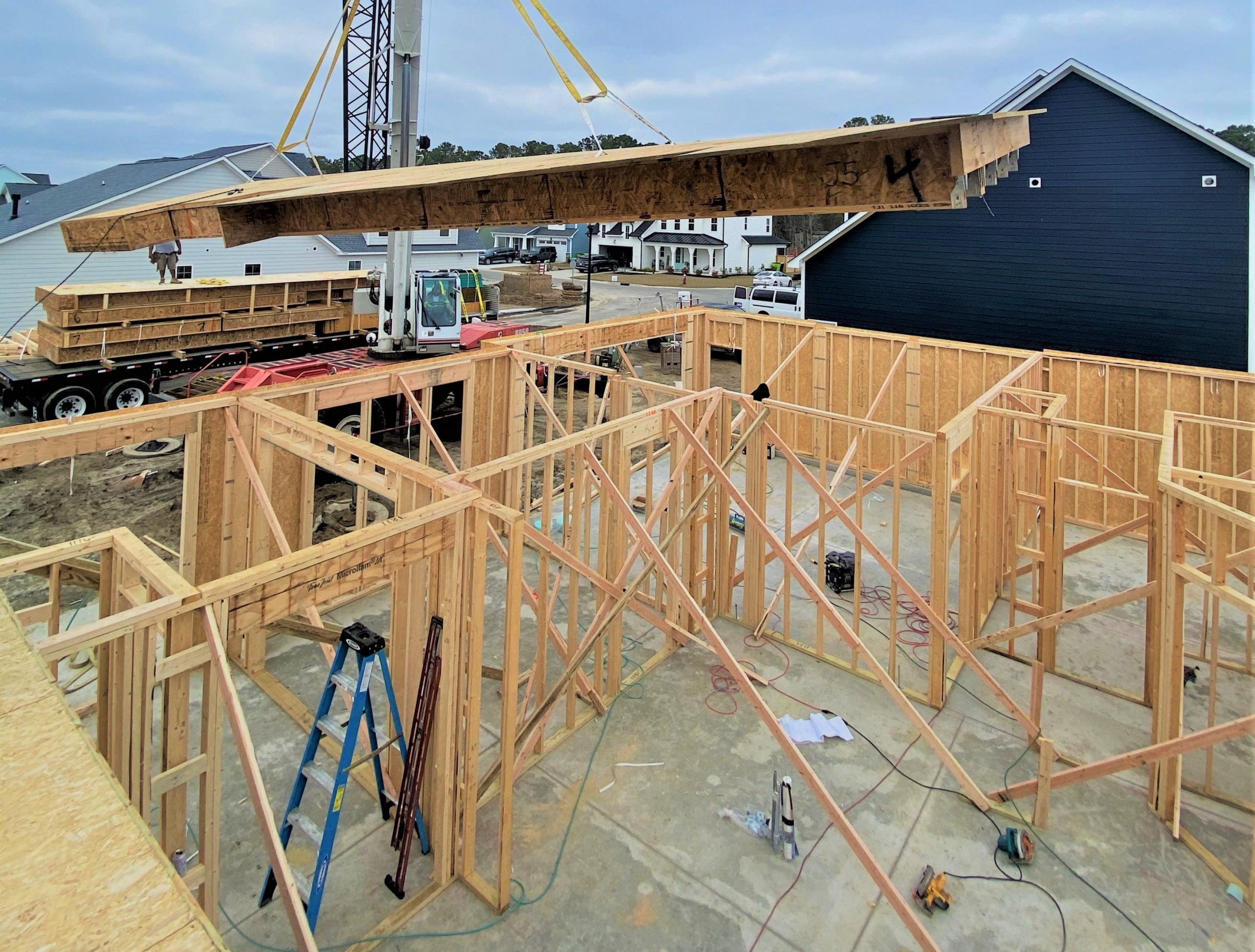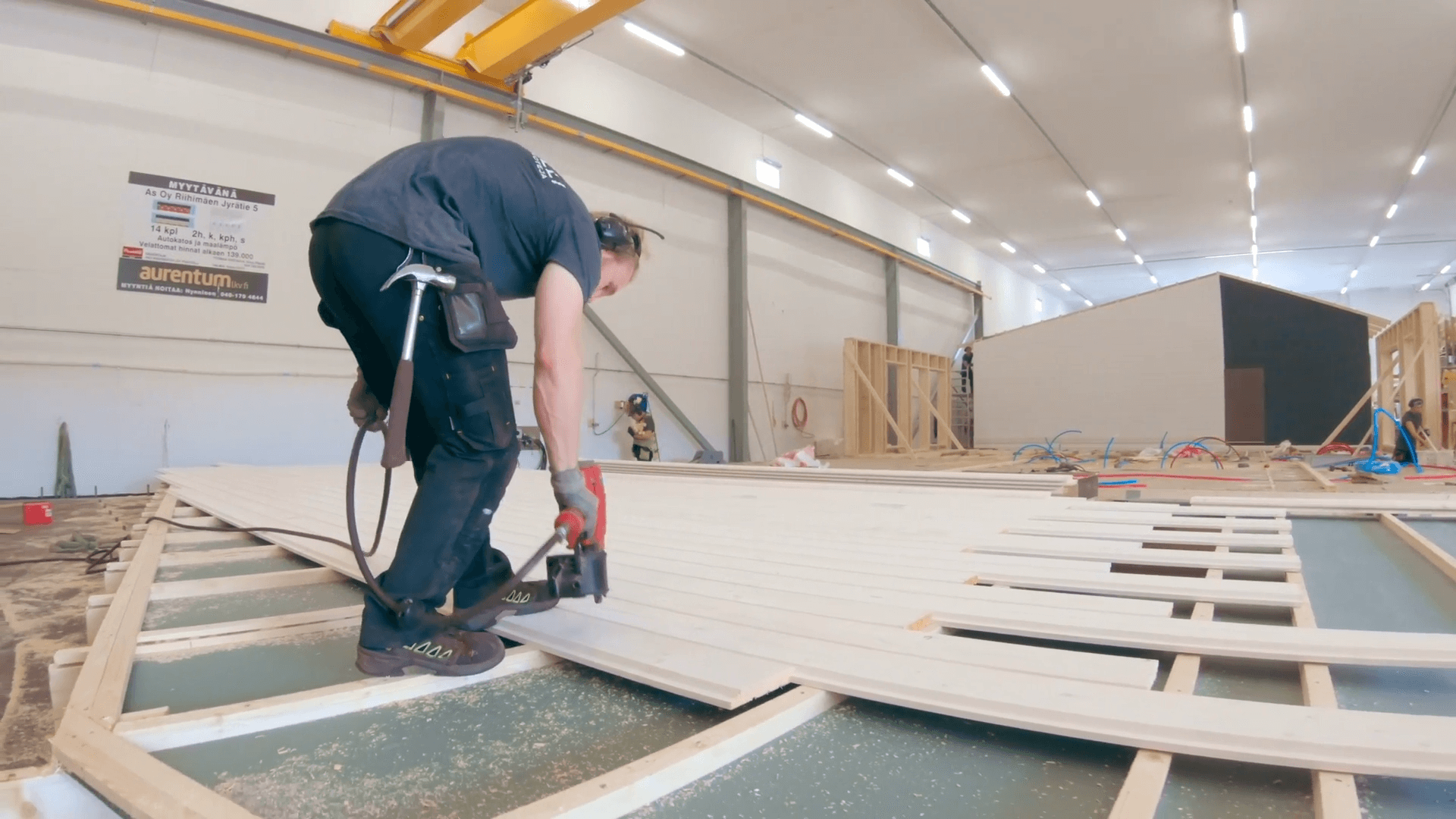The Rise of Prefabrication: How Modular Construction is Revolutionizing the Building Industry
The construction industry has seen a major shift towards prefabrication and modular construction. This new approach has transformed the way structures are designed, built, and put together. Prefabrication offers many advantages over traditional methods, making it a popular choice for builders globally.
In recent years, there has been a significant shift in the construction industry towards prefabrication and modular construction. This innovative approach to building has revolutionized the way structures are designed, constructed, and assembled. Prefabrication offers numerous benefits that traditional construction methods simply cannot match, making it an increasingly popular choice for builders and developers worldwide.
What Prefabrication Means?
Prefabrication involves constructing building components off-site in a controlled factory environment before transporting them to the construction site for assembly. These components, known as modules or prefab units, can be anything from entire rooms to complete building sections. The modules are manufactured using advanced technologies such as computer-aided design (CAD) and computer numerical control (CNC) machines, ensuring precision and quality control. This method of constructing buildings has changed the way structures are planned, built, and put together. Prefabrication brings with it a host of advantages that conventional construction methods cannot compete with.

Image: Service Offsite Solutions
Key Advantages of Prefabrication
Prefabrication offers several key advantages for the construction industry. For example, it can save time by allowing simultaneous module construction and site preparation and offer enhanced quality control through testing and inspection processes in controlled manufacturing environments. In this chapter, we will discuss five advantages of the prefabrication in more detail.
Saving Time
One of the key advantages of prefabrication is its ability to significantly reduce construction time. By fabricating building elements off-site, construction companies can work concurrently on different aspects of a project. This eliminates the need for sequential construction processes, where one task must be completed before another can begin. As a result, projects can be completed much faster compared to traditional on-site construction methods. Prefabrication also allows for greater control over the manufacturing process since it takes place indoors in controlled environments.
Moreover, prefabrication offers increased efficiency through improved quality control measures. In factory settings, skilled workers utilize specialized equipment and machinery to manufacture building components with precision and accuracy. The controlled environment ensures that each component meets stringent quality standards before being transported to the site for installation. This reduces errors and rework that may occur during on-site construction activities.
In addition to saving time during the actual construction phase, prefabrication can also expedite project planning and approval processes. Since many aspects of design and engineering are finalized during the pre-construction phase when components are being manufactured, there is less need for on-site decision-making. This can lead to faster approvals from regulatory authorities and reduce the overall project timeline.
Enhanced Quality Control
Quality control in construction is crucial for meeting required standards. Traditional on-site construction often struggles to maintain consistent quality. Prefabrication offers a solution with standardized manufacturing processes and quality checks at each stage.
Prefabrication enhances quality through precision. Factory builders use advanced machinery for precise measurements and cuts, challenging in on-site conditions affected by weather and space limitations. Errors are minimized, leading to higher-quality products. Prefabrication also allows better oversight. Factories provide controlled environments, unlike chaotic on-site settings. Quality control personnel monitor each step, identifying and addressing potential issues early.
Streamlined inspections are another advantage regarding quality control. Work done off-site under controlled conditions allows inspectors to focus on compliance rather than navigating cluttered job sites. Prefabricated components also undergo rigorous testing. Structural integrity, fire resistance, and acoustic performance evaluations occur in controlled environments with tightly regulated variables, reducing the risk of subpar quality.
Cost-Effectiveness with Prefabrication
One of the main reasons why prefabrication can enhance cost-effectiveness is its ability to allow for better project planning and scheduling. The controlled environment of a factory enables precise coordination between different trades involved in construction. With detailed plans and schedules in place, delays caused by weather conditions or unforeseen circumstances can be minimized or even eliminated altogether. As a result, projects are completed faster and within budgetary constraints.
Furthermore, prefabrication offers significant material savings. Factory production allows for better inventory management and waste reduction since materials can be ordered precisely according to project requirements. Additionally, standardized designs and processes lead to optimized material usage as waste is minimized during manufacturing stages. This not only reduces costs but also promotes sustainability by reducing environmental impact.
Prefabrication can also enhance cost-effectiveness by reducing labor costs. Since most of the work is done off-site in a factory setting, there is less need for on-site labor. Skilled workers can focus on assembling pre-made components rather than performing time-consuming tasks such as cutting materials or pouring concrete. This leads to increased efficiency and productivity, ultimately resulting in reduced labor expenses.
Prefabrication Drives Sustainability
Modular buildings are highly sustainable due to their reduced environmental impact throughout their lifecycle. Firstly, prefabrication reduces waste generation during the construction process. In traditional on-site construction methods, materials are often cut and shaped at the site itself, leading to substantial wastage. On the other hand, prefabricated components are manufactured with precision in a factory setting where material usage can be optimized. Any excess materials generated during this process can be recycled or repurposed within the factory itself.
Secondly, prefabrication significantly reduces energy consumption during construction. Construction sites typically require heavy machinery and equipment that consume large amounts of energy throughout the project duration. By shifting much of the work off-site to factories where specialized machinery operates efficiently under controlled conditions, energy consumption on-site is minimized.
Furthermore, prefabrication enables better utilization of resources by promoting leaner designs and efficient use of materials. The need for standardized components encourages architects and engineers to design buildings with simplicity and efficiency in mind rather than relying on complex structures that require excessive resources during both production and operation phases.
Versatile and Flexible Usage of Prefabrication
One of prefabrication’s most significant advantages lies in its ability to drive versatility and flexibility within the construction industry. Traditional on-site construction is often limited by various constraints such as space limitations or material availability. With prefabrication, these limitations are minimized as components can be manufactured off-site using different materials and techniques. This allows for more creative designs that can be easily replicated across multiple projects.
Moreover, prefabricated components offer greater flexibility during the construction process itself. Since these elements are manufactured independently from the site conditions, they can be easily modified or adjusted according to specific project requirements. For example, if there is a change in design or additional features need to be incorporated into the building structure midway through construction, prefabricated components can be easily replaced or added without causing significant delays or disruptions.
Prefabrication enhances adaptability in terms of future modifications or expansions of buildings. As modular units are designed with interconnectivity in mind, it becomes easier to add new sections or alter existing ones without major structural changes. This adaptability ensures that buildings constructed using prefabricated elements have a longer lifespan and can evolve alongside changing needs.

Image: Puukoti Group
Conclusion
As the demand for sustainable and efficient construction methods continues to grow, so does the popularity of prefabrication. Many countries are now embracing this innovative approach as a solution to their housing shortages or infrastructure needs. For example, China has utilized modular construction techniques to rapidly build entire hospitals during the COVID-19 pandemic.
In conclusion, prefabrication is revolutionizing the building industry by offering numerous advantages over traditional construction methods. From reduced construction time and enhanced quality control to cost-effectiveness and sustainability benefits – modular construction is reshaping how we build our cities. As technology continues to advance and more industries adopt this approach, we can expect even greater advancements in prefabrication that will shape the future of the built environment.
Read more how what is Vertex BD’s role in prefabrication and how it can speed up your projects.

